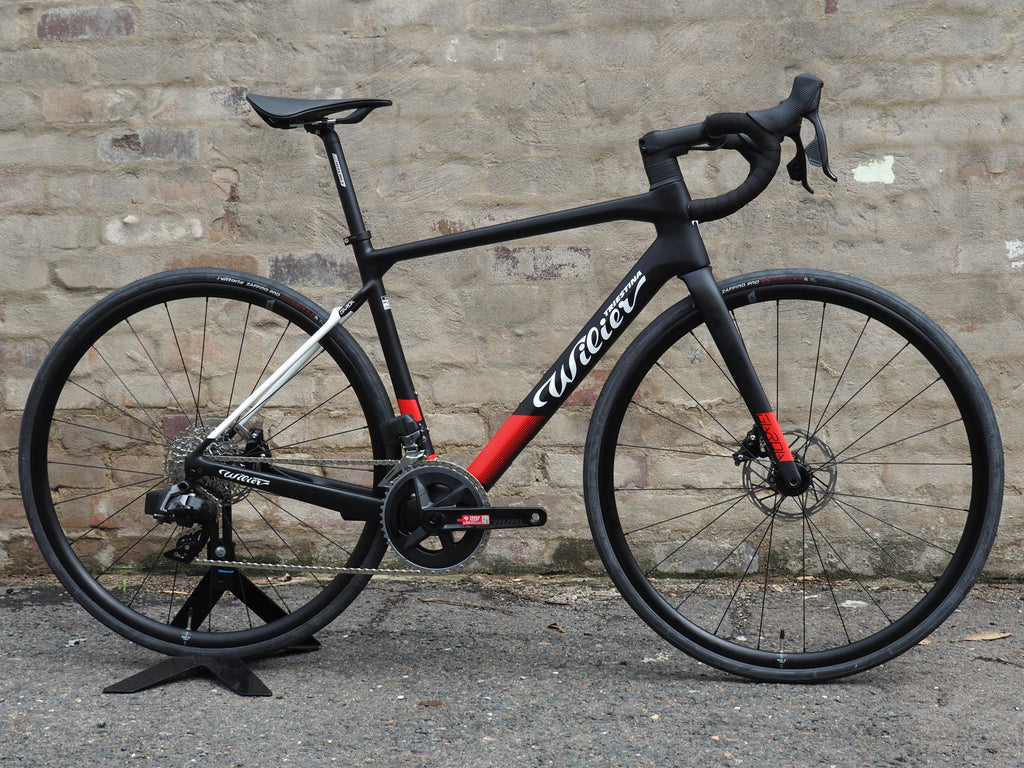The Difference of a Factory Complete Bike
In the last few years the road riding demographic has widened beyond MAMILS (middle aged men in lycra). It goes to say that the cycling industry has needed to meet demands of a wider audience who've each varying needs and attractions. Manufacturers of frames have necessarily broadened the spectrum of what constitutes road riding. The result is exciting for riders looking at off-the-shelf options.
Bike brands have responded to the many riders who defy the MAMIL typecast. There are brands introducing wider range of models to satisfy the needs of enthusiasts. That means more "types" of bike have been created. Models now suit specific riding criteria and buying a bike off the shelf is a good option for those wanting convenience. Not everyone has the time, the money, knowledge or trust to buy customised models. How do you know if a Factory complete bike is for you?

So today we look at factory complete bikes to understand what separates it from other options (custom bikes and factory frame custom built bikes).
Spotting the difference
Huge resources go into marketing road bikes. We're not just talking about ads or reviews in glossy magazines, but dollars spent on pro teams. During race season we get to admire advanced technology of high-end race bikes. We can then expect to recognise those same bikes in the coming months on local streets in local pelotons.
From face value there doesn't seem much difference between bikes used in the Pro Peloton and the complete Factory bikes ridden by members of your local cycling club. Aside from the regular punter paying for the pleasure of riding a pro bike the other difference is actually all the components. The frame itself however must be of the same standards, as stipulated by UCI rule.
With so much money invested in cycling, the engineering used to develop a frame is extensive. Before the bike hits the stores and the streets, there are further developments. The frame and component of a factory complete bike are built for the consumer through a series of averages.
Averages are used to decide upon tube lengths and angles and frame sizes when it comes to factory complete frames. And when that bike is built, averages standardise stem length, saddle style, bar width, crank length.
While the mechanical parts and components can later be swapped for upgrades of more suitable parts, at the point of sale you receive what's advised by law of averages.
This reduces the time for the many riders looking to buy a bike to ride immediately. The size of the bike can often be provided by entering your height and inner seam on the Brands website. A choice of parts isn't always provided, and so you wont need to consider possible size options or spend time considering brand choices. In general a bike is pre-assembled, which reduces the labour a mechanic requires to build the frame in-store. In theory, all that's needed to have the bike ready to roll is a secured seat post and bars, a basic tune and tighten bolts.
Essentially what separates a factory complete bike is that it is built on averages, and it is relatively quicker to decide to buy and/or ride.
Efficiency and convenience of a Factory Complete Bike :
- Reduced time to decide on the bike
- Ease of choosing a size
- Eliminate time sourcing components
- Reduced labour in build
- Begin riding when the bike arrives

Somewhere amongst the averages you'll find a size and a recommended fit. We would consider the factory complete bike for riders wanting convenience. Of course, we expect there to be changes in the future as riders recognise differences in their needs from the averages. We would often change a saddle or stem and handlebar. But overall the bike is best suited to riders requiring quick solutions for riding.
If a rider considers they require more individual build using the expert advice of Chainsmith staff, they can get more information on Chainsmith Factory frames Custom Built Road Bikes here.




